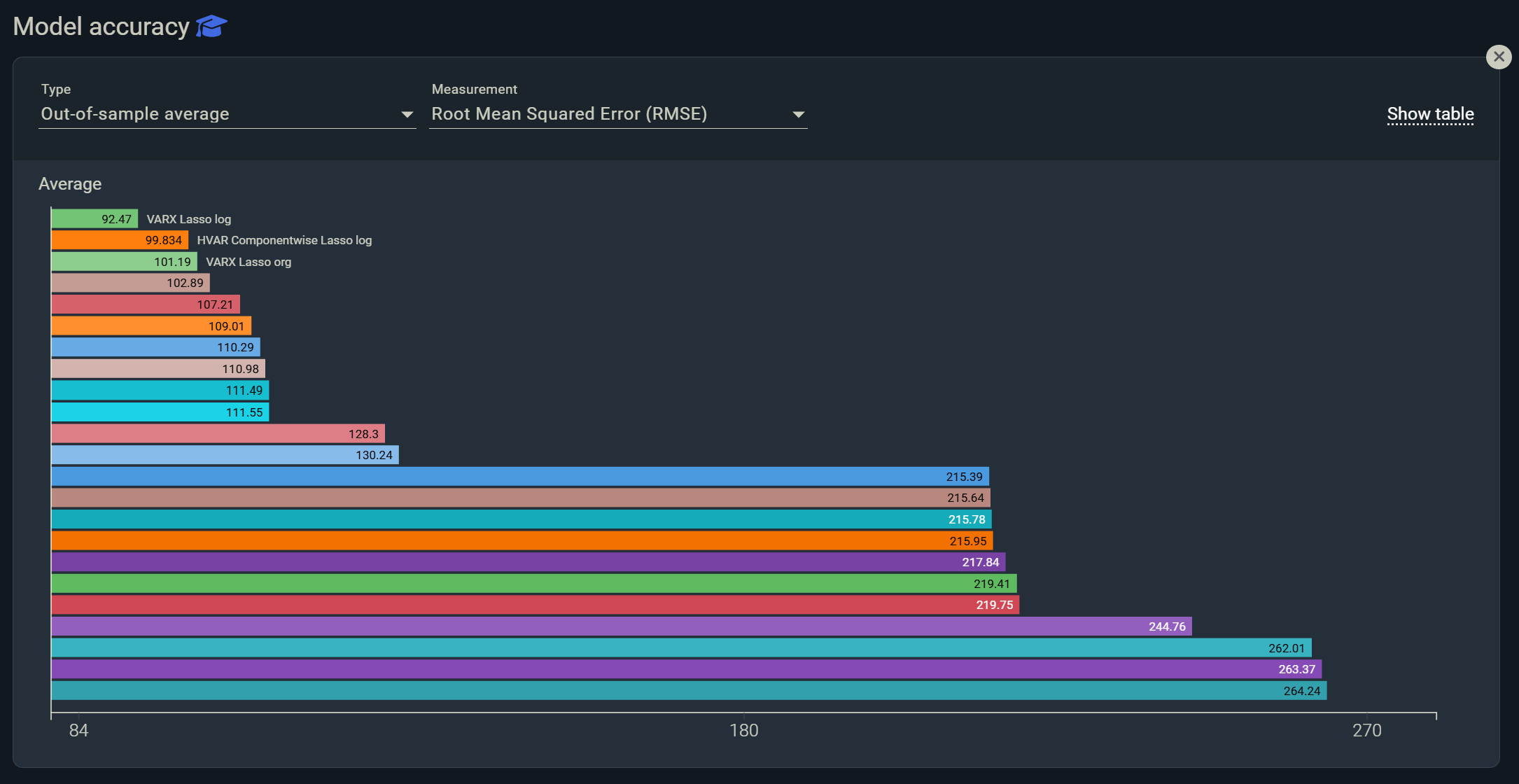As part of our series on the future of forecasting, we break down the importance of identifying your relevant leading indicators, and how you can leverage them to get the highest forecast accuracy and improve your capacity planning.
What is a leading indicator?
The term leading indicator was first used in economics, and the objective was to determine measurable indicators that, if monitored, could predict the ups and downs of the economy. These leading economic indicators include manufacturing activity, GDP, the stock market, and consumer confidence. Organizations are invariably subject to market trend shifts in their external environment. Identifying these indicators allows them to factor in the shifts in their planning, anticipate changes, and pivot their strategies accordingly.
Potential pitfalls of not using leading indicators
Organizations that do not use leading indicators in their forecasting could risk missing out on market trend shifts when they happen and could lead to the organization experiencing significant discrepancies between prognosis and outcome. Such a situation could prove costly if the organization does not have the capacity or time to actualize the alterations needed, such as tweaking production to resolve the discrepancy.
A market forecast bought from an external provider typically takes only public data into account and provides a general market overview. However, it does not focus on the potential leading indicators significant to an organization’s forecast.
Identifying leading indicators specific to an organization
A market forecast bought from an external provider typically takes only public data into account and provides a general market overview. However, it does not focus on the potential leading indicators significant to an organization’s forecast. With Indicio, we apply the latest econometric/ML models within statistical learning to find leading indicators that factor in the organization’s performance.
Benefit from a clear symbiosis between internal and market data
We have encountered multiple organizations unaware of the data goldmine they were sitting on before working with Indicio.
Using a combination of internal data (e.g., order volume, promotions, and stock level) and external indicators (e.g., purchasing managers index, financial volatility, and Chinese freight volumes) to forecast the organization’s data improves the sales forecast accuracy between 40 to 60 percent. This forecast consequently discredits a general market forecast from a market research firm as it only forecasts the total market and is limited to public indicators.
Get the most accurate forecast
The foundation of Indicio builds on machine learning, and our models are as de-biased as possible. Consequently, we can run advanced statistical models and incorporate big data simultaneously, disaffected by subjectivity.
Find out how to use the same methodology to forecast your data by booking a free demo.



